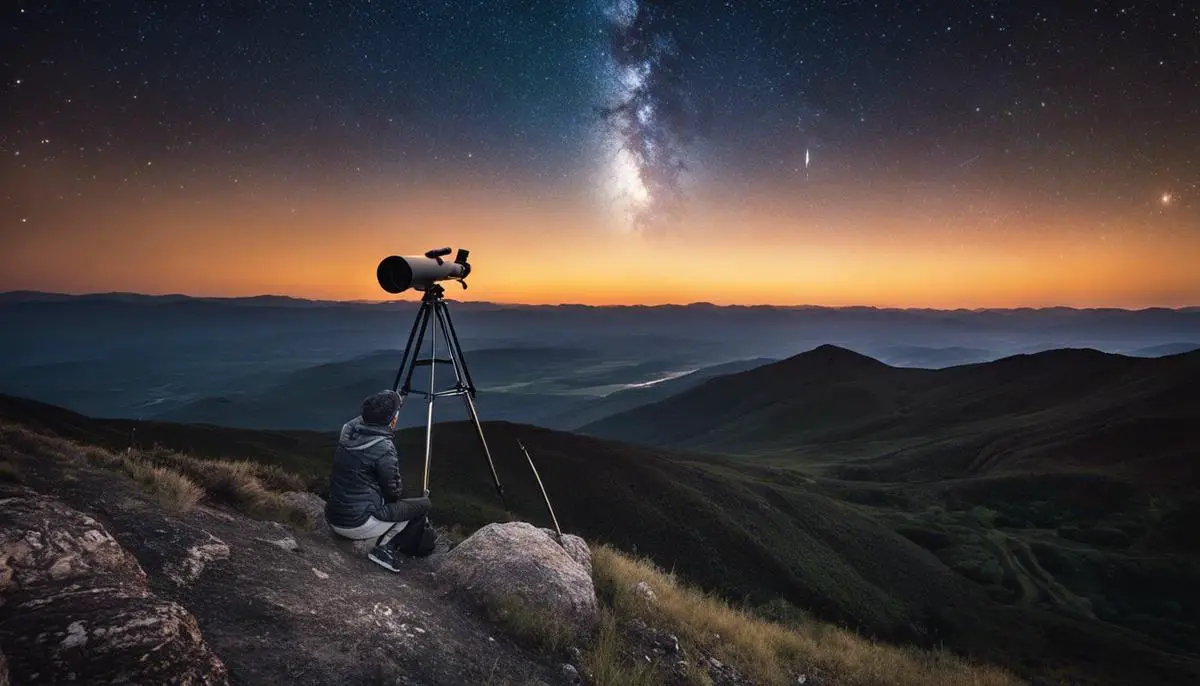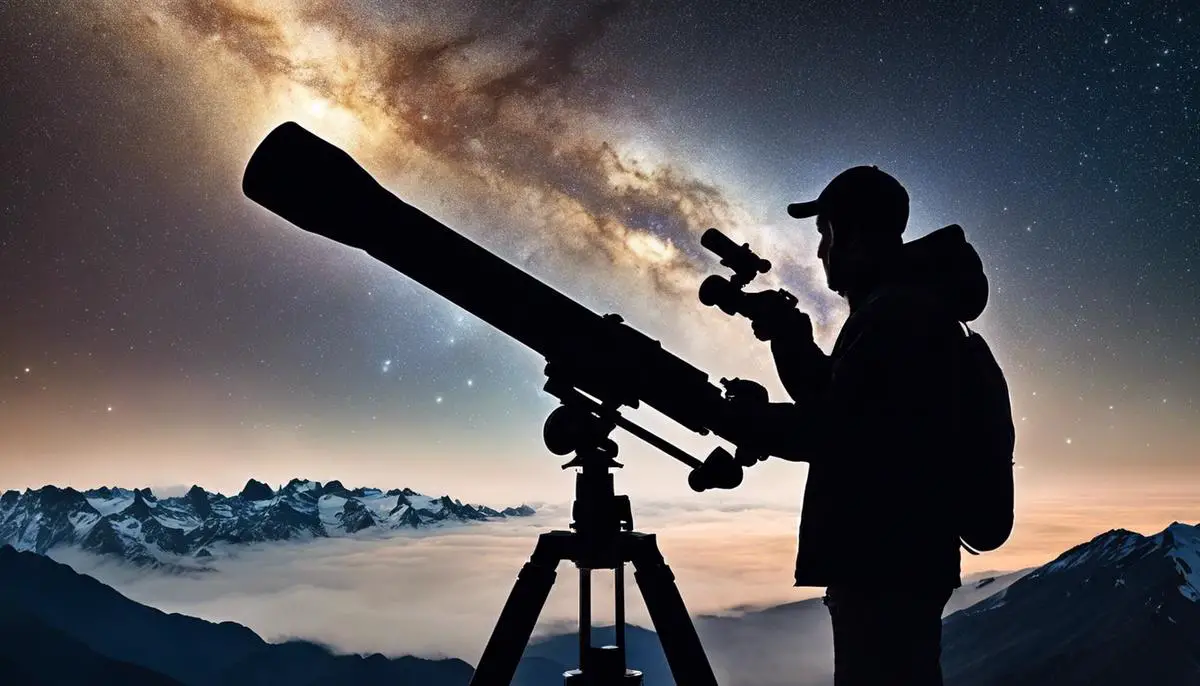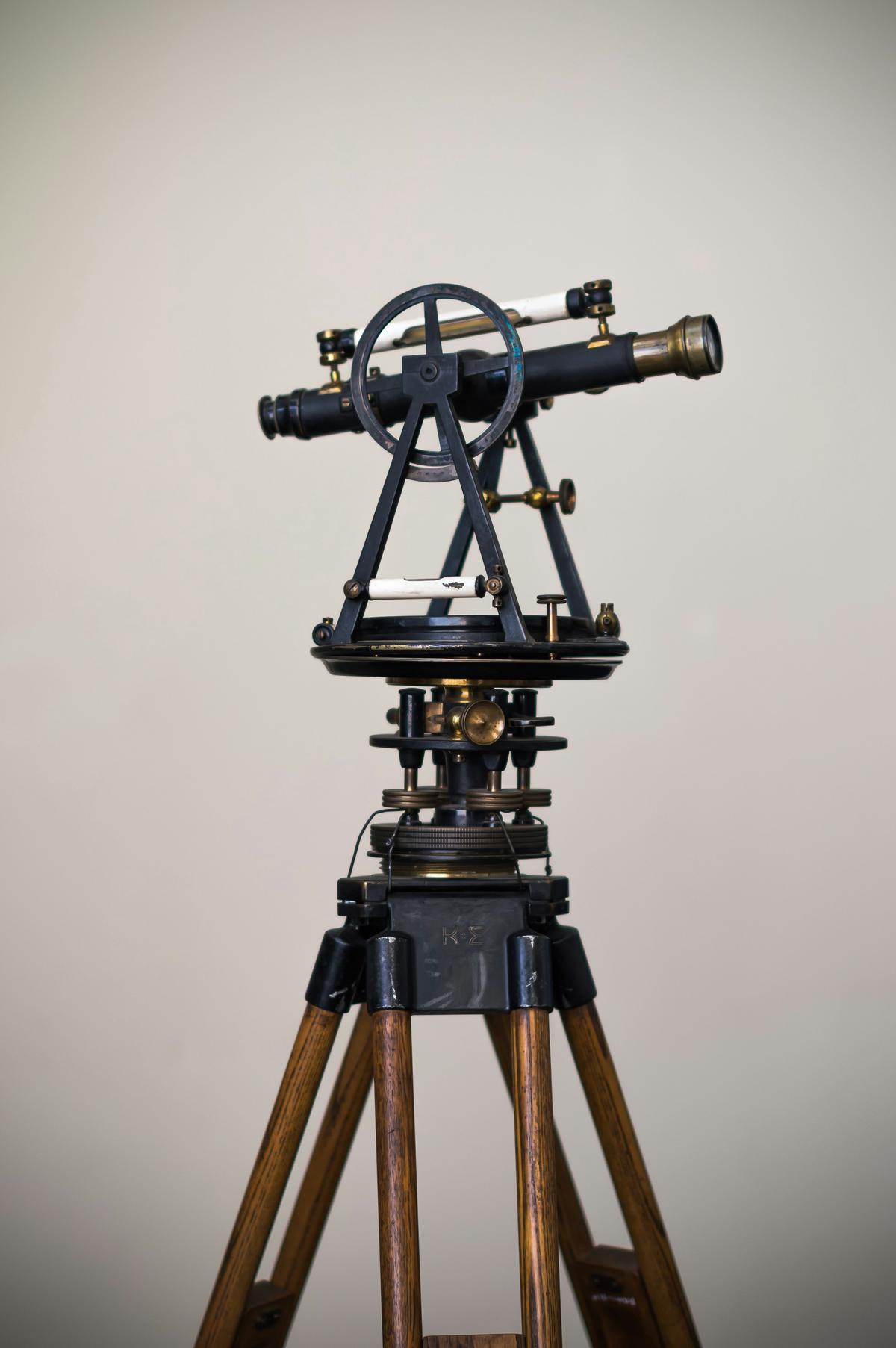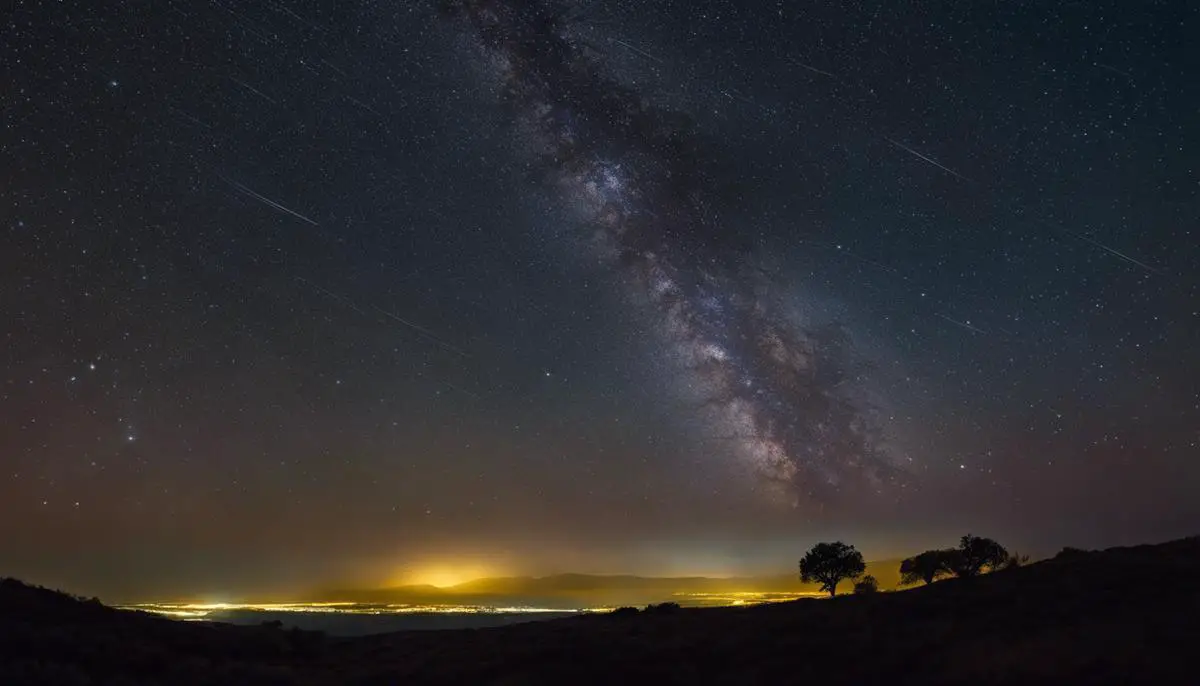Imagine looking up at a night sky ablaze with countless stars, celestial bodies, and galaxies far beyond our reach. These distant mysteries of the cosmic realm have long fascinated and inspired us. Such breathtaking views are an astronomer’s dream and with a Horox telescope, you are one step away from this wondrous experience. However, achieving an uninterrupted, clear stargazing experience requires more than a good-quality telescope. It necessitates particular geographical conditions, weather patterns, and certainly, knowledge about the optimal locations for stargazing. This journey will take you through a galactic travel guide, identifying exceptional locations within the United States for astronomical exploration with a Horox Telescope.
Dark Sky Reserves in the United States
The Miraculous Dynamics Of Dark Sky Reserves: Enhancing The Stargazing Experience With Horox Telescopes
A dark sky reserve, seemingly a simple concept, is in reality a magnificent display of celestial magic. These havens are natural areas where the nocturnal environment is preserved, kept intact from the taints of artificial light pollution, thereby providing the perfect opportunity to explore the vast expanse of the universe with one’s beloved Horox Telescope. Here, let us delve into the depths of how and why Dark Sky Reserves prove to be utopias for stargazers who seek celestial communion with the aid of Horox Telescopes.
Practical Absence of Artificial Light Pollution
The most prominent feature of a Dark Sky Reserve is the strikingly bare presence of artificial light pollution. This leads to an incredibly ‘dark’ environment which allows unparalleled visibility of celestial objects. The views one can capture through the lens of a high-precision Horox telescope in such conditions are sure to be breathtaking, as the lens can now gather more light from distant cosmic objects, providing a remarkably detailed and crystal clear image.
Optimum Atmospheric Transparency
Due to their often remote locales and pristine natural states, Dark Sky Reserves benefit from reduced pollutants. This results in a high degree of atmospheric transparency, which significantly boosts the performance of an optical telescope such as a Horox model. The cleaner and less obstructed the atmospheric window, the further and more clearly we can gaze out into the stars.
Favorable Weather Conditions
Dark Sky Reserves are typically located where weather conditions are stably optimal for astronomical observations. Clear, cloudless nights play a significant role in sky watching. The impeccably engineered Horox telescope combined with the naturally auspicious weather conditions of a Dark Sky Reserve makes for a truly awe-inspiring encounter with the cosmos.
Educational Opportunities
Most Dark Sky Reserves have established visitor centers and educational programs related to astronomy. One can deepen their understanding and knowledge of the cosmos, fine-tuning their skills for optimal use of a Horox telescope. This symbiotic relationship between a stargazer, their telescope, and an educated understanding of the stars makes for an enlightening experience.
Preservation of Ecological Balance
In addition to providing exceptional visible clarity for stargazing, Dark Sky Reserves also play a pivotal role in protecting the ecological balance. The dim lighting conditions are ideal for the survival and behavior of many nocturnal species. Thus, stargazing using a Horox telescope in such a nature-focused environment not only satiates one’s astronomical fascination but also aligns them with responsible ecological actions.
Conclusion
Undeniably, Dark Sky Reserves offer an unmatched stage for astronomy enthusiasts to explore the cosmos, upscaling the experience when viewed through a Horox telescope. The meticulous orchestration of nature, stringent pollution control, educational endeavors, and the commitment to maintain ecological balance suggests a concerto of intergalactic exploration that is perhaps played nowhere else better than in these beautifully dark cradles of the night sky. The symphony of the universe is laid out in full splendor for us to see and explore, courtesy of these darkened havens, under the illuminated guidance of a Horox telescope.

High Altitudes and Their Advantages
Acute angulation of the horizon, accompanied by isolation from any topographic obstruction, underscores a salient factor for choosing high altitudes for stargazing with a Horox telescope. Most times, vast expanses of the celestial sphere become observable, dramatically enlarging the range of celestial objects for astronomers.
Breathtakingly thin atmospheres characterize high altitudes which impeccably mirror the paradisiacal conditions of outer space. This striking similarity allows a Horox telescope to perform nearer to its absolute potential, taking advantage of the elimination of the atmospheric distortion found at sea level.
More so, high altitudes are embroiled in the phenomenon of low atmospheric extinction. Much less starlight is absorbed and scattered by the atmosphere at greater heights, causing celestial bodies to appear more radiant and distinct. This is particularly sought after in the realm of deep-space observations where the radiant intensity of observed objects is immensely feeble.
Within high altitudes, the frequency of clear nights is exceptionally high. Such invariably clear skies lead to significantly lesser unaccounted interruptions in celestial observations, thereby multiplying the productive time available for stargazing essentially.
Due to the thin air up there, twinkling of stars or ‘stellar scintillation’ is reduced to a minimum. The wavering of the starlight is caused by variations in air density and is yet another artefact of the atmosphere to have aptly minimized at high altitudes.
Savoring the unexpected, high altitudes enhance the possibility of experiencing astronomical wonders such as the Aurora Borealis or the Southern Lights. The Horox telescope could turn into a magnificent tool for closer examination and stimulation of these light phenomena.
Higher altitudes invariably have reduced amounts of dust and pollutants, often improving visual clarity and reducing the risk of damage to the delicate optical components of a Horox telescope. Having less dust means there is less light scattering, which increases contrast between stars and the darkness of space, ensuing an incomparable, magical observation experience.
Reaping the rewarding benefits of these conditions, the usage of a Horox telescope at high altitudes can pave the way for astronomers to carry out more detailed and insightful observations of the universe — escalating the sphere of our knowledge, while simultaneously feeding our insatiable curiosity for understanding the great beyond.

Considerations of Weather and Climate
In the endeavor of improved stargazing outcomes using Horox telescopes, understanding weather and climate patterns is undeniably crucial. Various weather and climatic conditions dictate the extent to which one can observe celestial objects, both in terms of quantity and quality. Alignment of these patterns with the science of astronomy can yield astonishing results for both novice and experienced stargazers.
Firstly, comprehending seasonal and monthly patterns is foundational. As the Earth moves around the Sun, it presents different portions of the nighttime sky for observation. Some celestial bodies are visible year-round, while others emerge or vanish throughout the seasons. The clear discernment of these cycles allows star gazers to anticipate and schedule observations, manipulating time favorably based on the objects of interest.
Secondly, an understanding of lunar phases presents another critical aspect. The moon, with its phases and illuminated surfaces, can outshine faint astronomical objects and drown the glow of the stars. Hence, the periods of a new moon, with its little to no visibility, offer the darkest skies for stargazing, revealing even the most elusive stars and galaxies.
Thirdly, recognizing diurnal temperature variations also aids in stellar observations. The air at night cools more near the ground compared to higher above, resulting in layers of different densities. These layers refract or bend light differently and cause fluctuating images, known as air turbulence or “seeing”. Cool, calm nights often present the best “seeing” conditions by minimizing these fluctuations.
Atmospheric conditions also hold significant influence over astronomical viewing. Weather factors such as humidity, haze, air pollution, and cloud cover can disrupt light paths and obstruct observations. While cloud cover is an overt deterrent, less obvious factors like high humidity and air pollution can subtly distort and dampen starlight, often going unnoticed to the untrained observer.
Lastly, an appreciation of local weather patterns can likewise be of assistance. Coastal regions might suffer from marine layers or fog, and mountainous areas can introduce sporadic and disruptive weather changes. Other features such as wind patterns and thermal columns can affect visibility, due to their role in accruing or dispersing atmospheric particles.
To optimally utilize a Horox telescope for stargazing, the practice of astronomy must integrate with the science of meteorology. Grasping weather and climatic patterns, further cultivated by experience, can transform the relationship between observer and observed, leading to clear sightings of celestial wonders in all their glory.

Photo by soberanes on Unsplash
Stargazing, as far from being a simple glance at the starry sky, is an ongoing communion with the cosmos. To participate in this universal conversation, every detail is essential – from the telescope you use, like the high-performing Horox, to the location you choose, the altitude, and the time of year. Places like Central Idaho Dark Sky Reserve or Cherry Springs State Park, and high-altitude observatories such as Mauna Kea offer unsurpassed views into the universe, while regions with consistent weather patterns like the American Southwest provide ample opportunities for observation. With a Horox telescope and this understanding, the cosmos is no longer a distant, elusive dream but a vibrant reality, open to exploration and endless wonder.
![]()
